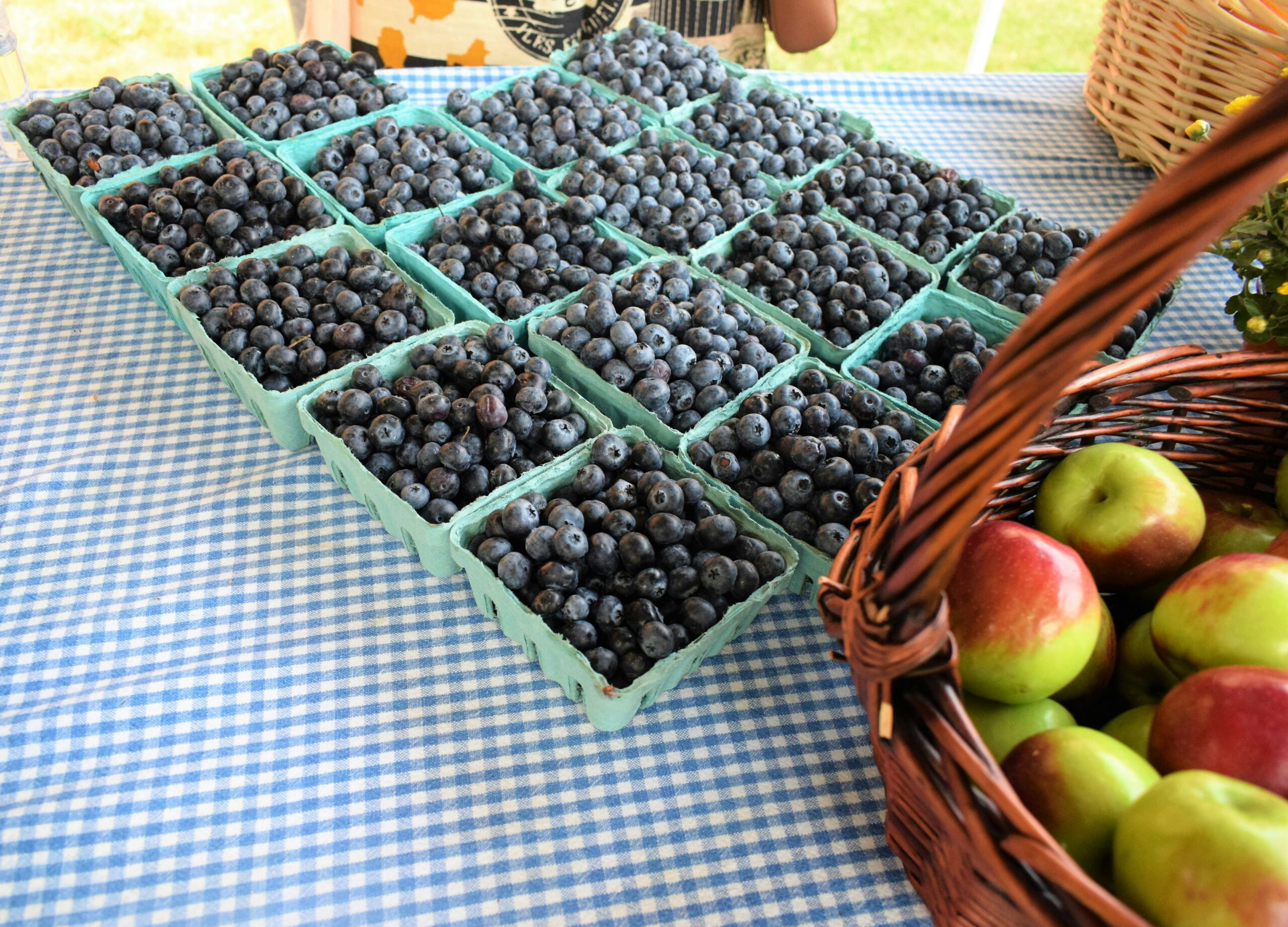

Introduction to the Concept of Food as Medicine
Imagine a world where the foods you eat not only satisfy your hunger but also nourish your body and heal ailments. This isn’t just a dream—it’s an idea that’s been gaining traction: food as medicine. The concept is rooted in ancient traditions, yet it has found new relevance in today’s health-conscious society.
Everyday ingredients have surprising healing properties that can boost your well-being. From vibrant spices to humble vegetables, these nature-given treasures hold the potential to enhance our quality of life. As we dive deeper into this fascinating topic, you’ll discover how a simple shift in what’s on your plate could lead to remarkable changes in how you feel.
Are you ready to explore this delicious intersection of nourishment and healing? Let’s embark on this journey together!
Commonly Used Healing Foods and Their Benefits
Garlic is more than just a flavor enhancer; it’s a powerhouse of health benefits. Known for its antibacterial and antiviral properties, garlic can help boost your immune system.
Turmeric stands out with its vibrant yellow hue. This spice contains curcumin, which has anti-inflammatory effects that may alleviate chronic pain and support joint health.
Ginger, often used to soothe digestive issues, also packs a punch against nausea. Its warming qualities make it ideal for cold weather comfort as well.
Berries are small but mighty when it comes to antioxidants. Blueberries and strawberries can combat oxidative stress while supporting heart health.
Leafy greens like spinach and kale offer an abundance of vitamins A, C, and K. These nutrients play vital roles in maintaining overall bodily functions and promoting skin health.
Each ingredient brings something unique to the table, proving that food truly can be medicine.
Scientific Evidence Supporting the Healing Properties of Food
Research has increasingly highlighted the link between nutrition and health. Various studies have shown that specific foods can play a significant role in preventing chronic diseases.
For instance, the Mediterranean diet, rich in fruits, vegetables, whole grains, and healthy fats, has been associated with lower rates of heart disease. The antioxidants found in these ingredients help combat oxidative stress.
Turmeric is another standout example. Curcumin, its active compound, possesses anti-inflammatory properties supported by numerous clinical trials. These findings suggest it may aid conditions like arthritis.
Garlic also deserves attention for its potential to improve cardiovascular health. Research indicates that garlic supplementation can lower blood pressure and cholesterol levels.
Such evidence encourages a deeper exploration of how everyday foods contribute to our well-being beyond basic nutrition standards. Understanding this connection empowers individuals to make informed dietary choices that promote healing and longevity.
Incorporating Healing Foods into Your Diet: Tips and Tricks
Incorporating healing foods into your daily routine doesn’t have to be daunting. Start small by adding one or two new ingredients each week. This gradual approach makes it easier to adjust.
Experiment with herbs and spices like turmeric and ginger. They can enhance the flavor of dishes while boosting health benefits. Try sprinkling them on roasted vegetables or stirring them into soups.
Smoothies are another great way to pack in nutrients. Blend leafy greens, berries, and nuts for a delicious drink loaded with antioxidants.
Snack wisely by choosing whole foods such as nuts, seeds, and dried fruits instead of processed options. These provide sustained energy without crashing later.
Don’t forget about meal prep! Prepare batches of healing recipes ahead of time so that healthy choices are always within reach during busy days.
Potential Risks and Limitations of Relying on Food as Medicine
While the idea of using food as medicine is appealing, it’s important to recognize potential pitfalls. Relying solely on dietary changes can lead to neglecting conventional treatments that are crucial for certain conditions.
Not everyone responds the same way to foods. What heals one person might not have the same effect on another. Individual differences in metabolism and genetics play a significant role in how our bodies react.
Additionally, an improper focus on healing foods could foster nutritional imbalances. Some may eliminate essential nutrients thinking they’re addressing health issues with specific items alone.
There’s also a risk of misinformation circulating around superfoods or miracle diets without sufficient scientific backing. This can create unrealistic expectations and lead individuals astray from well-established medical advice.
Incorporating too many new ingredients at once can overwhelm your digestive system rather than provide benefits, causing discomfort instead of relief.
Conclusion
Food has always played a vital role in our lives. Beyond just filling our stomachs, it can be a source of healing and wellness. The concept of food as medicine encourages us to view everyday ingredients not only as sustenance but also as potent allies in maintaining our health.
From turmeric’s anti-inflammatory properties to garlic’s immune-boosting benefits, it’s fascinating how nature provides so many tools for healing. Incorporating these foods into your daily diet can lead to significant improvements in overall well-being.
While the science behind this practice continues to evolve, there is substantial evidence supporting the idea that what we eat matters greatly for our health. As more studies emerge, the connection between nutrition and disease prevention becomes clearer.
Experimenting with different healing foods doesn’t have to be daunting. Simple changes—like adding leafy greens or opting for whole grains—can make a world of difference over time. It’s all about finding what works best for you and making gradual adjustments that fit your lifestyle.
However, it’s important to remain mindful of potential risks associated with relying solely on food for medical treatment. Consulting healthcare professionals is essential when managing serious conditions. Balance is key; food should complement traditional treatments rather than replace them.
Embracing food as medicine offers an empowering perspective on health and wellness. By being intentional about what we consume, we can pave the way toward better living while enjoying delicious meals along the journey ahead.
